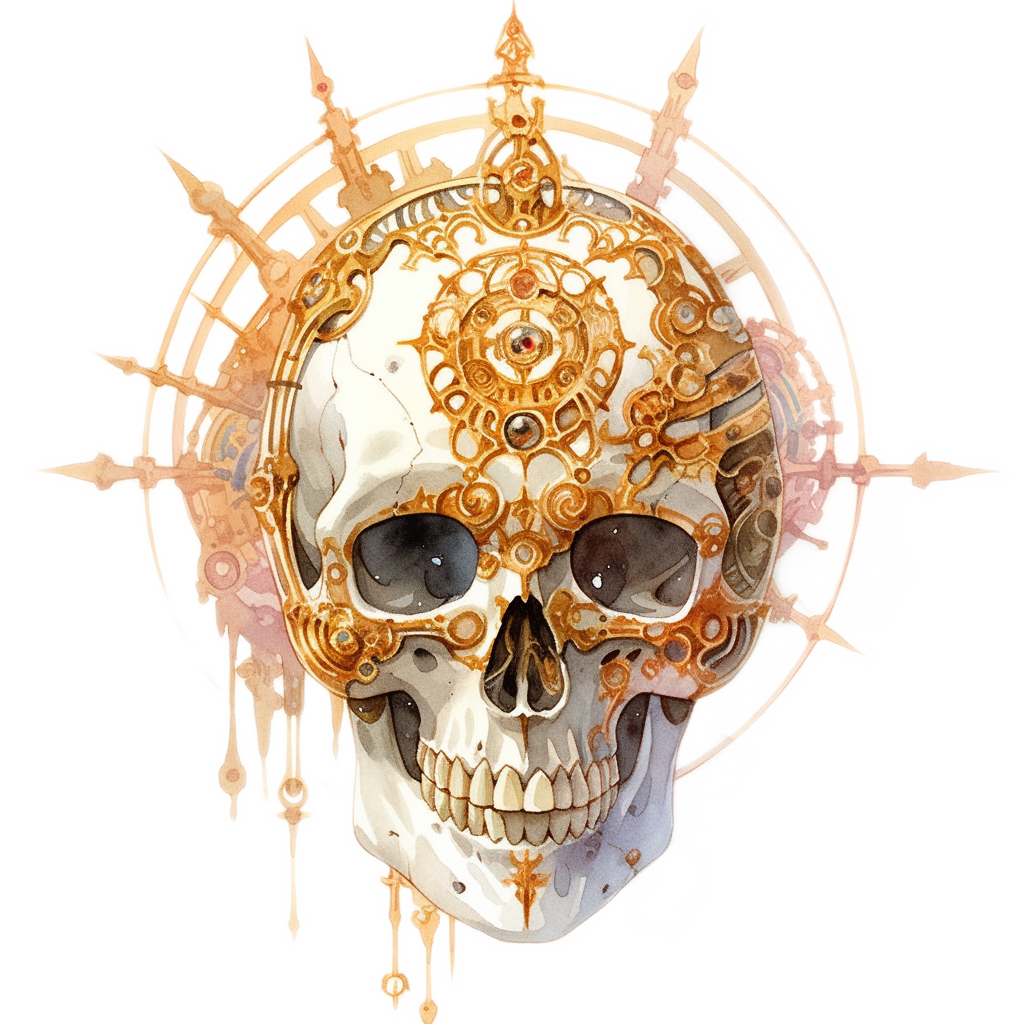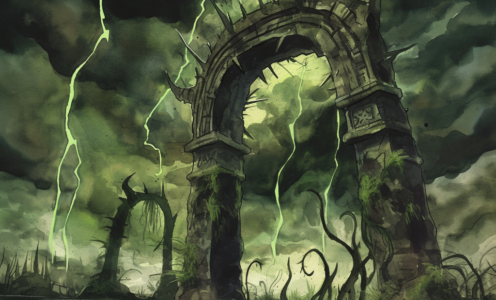The Gates Hermetic: The Story of a Sealed Layer
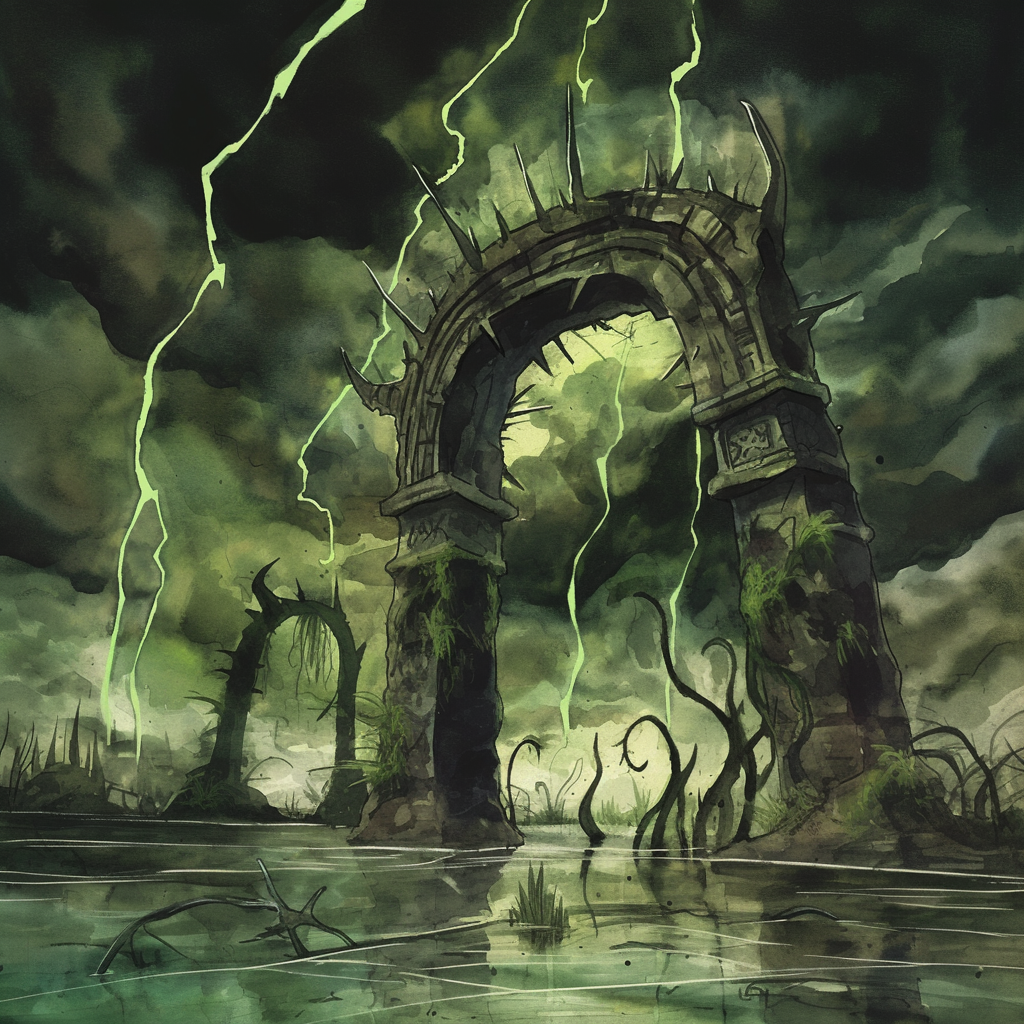
Gather close, little hatchlings, and listen well. You ask how new souls find their way to Kearackinin now that the gates are sealed? It is indeed a question that stirs the Underlands, where the dead are sorted and sent to their eternal fates.
When Sess’innek sealed Kearackinin, he did so to protect our ancestors from the horrors of the Blood War and the treachery of the tanar’ri. But this act had consequences far beyond the Abyss. At first confusion reigned amongst the psychopomps, those morbid angels of death who guide souls to their afterlives. For centuries, the souls of khaasta and lizardfolk who died with faith in Sess’innek—had been sent to Kearackinin to serve him as petitioners. But with the layer sealed, this ancient path was severed.
The guides of the dead found themselves unable to deliver these souls. Some were left wandering the Astral, lost in the nowhere space between the places. Others were claimed by rival powers, like the cursed weak creator—or by cross-trading fiends who saw an opportunity to snatch displaced spirits and press them into new forms of torment. Even worse, some were dragged into the Blood War by tanar’ri, who are always hungry for thralls.
Sess’innek, in his infinite cunning, devised a way to reclaim his faithful. He reached out with his divine will, creating shadowy rifts in the structure of the Abyss through which new petitioners could be drawn directly into Kearackinin. These fractures are not wide-open gates as they once were; they are small cracks in reality—hidden pathways that bypass the sealed gates. Only those who die with loyalty to Sess’innek in their hearts can sense these cracks, and only they are drawn to them, by an otherwordly desire.
But such a passage is not without cost. The journey beyond is harrowing and maddenning, stripping away much of what remains of a soul’s identity. Petitioners arrive in Kearackinin diminished and warped, their minds fragmented like shards of broken glass. They become shadows of their former selves—silent, obedient servants cowed entirely by fear of Sess’innek. Which of course, is exactly what the Lizard Emperor desires.
The Implications for Our Reptilian Souls
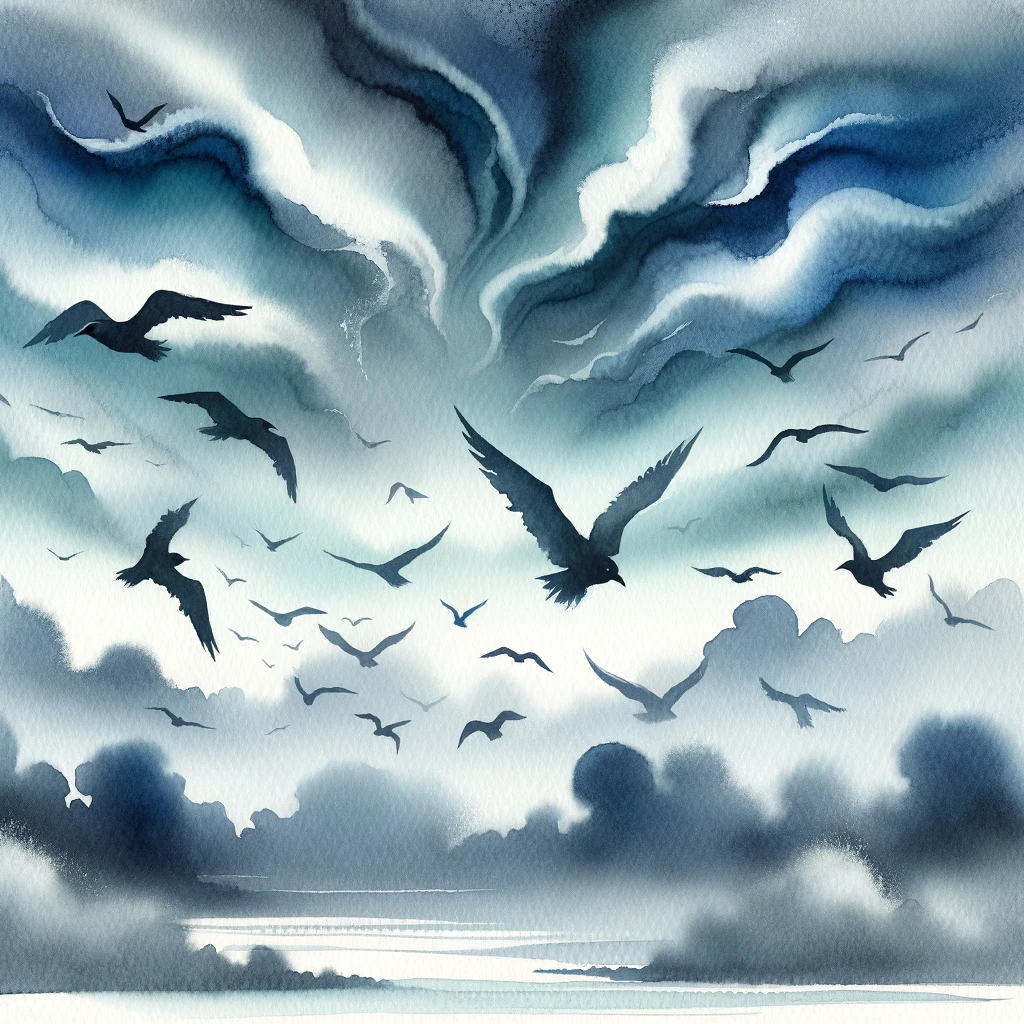
This has all darkened our people’s view of death. Once, we khaasta saw death as a passage to glory—a chance to stand at Sess’innek’s side and serve him eternally. Now, death is feared, as a journey into oblivion where all that makes us who we are may be lost. Many khaasta have grown bitter and mistrustful even in life, knowing that death offers no true release from suffering. Sess’innek has no use for these weaklings, of course.
So now you know why we speak little of death and less of what comes after. To die as one of Sess’innek’s faithful is to face a journey fraught with peril—a journey that strips away all that is not useful to him. Yet even in this darkness lies a lesson: Trust not in outsiders or false promises, for they will only lead you astray.
Remember this well, hatchlings: Our fate is bound to Kearackinin as surely as our scales are bound to our flesh. In life or death, there is no escape from Sess’innek’s will.

Isolation as a Philosophy of Control
A Commentary on this Myth by Julius the Symmetrical
Sess’innek’s isolationism is rooted in his desire to maintain unchallenged dominion over his followers. By severing Kearackinin from the rest of the Abyss, he ensured that no rival tanar’ri lords or external influences can infiltrate his domain. This radical seclusion allows him to consolidate power, strip his people of any outside perspectives, and enforce his dogma without interference. The lizardfolk within Kearackinin are now entirely dependent on Sess’innek for survival.
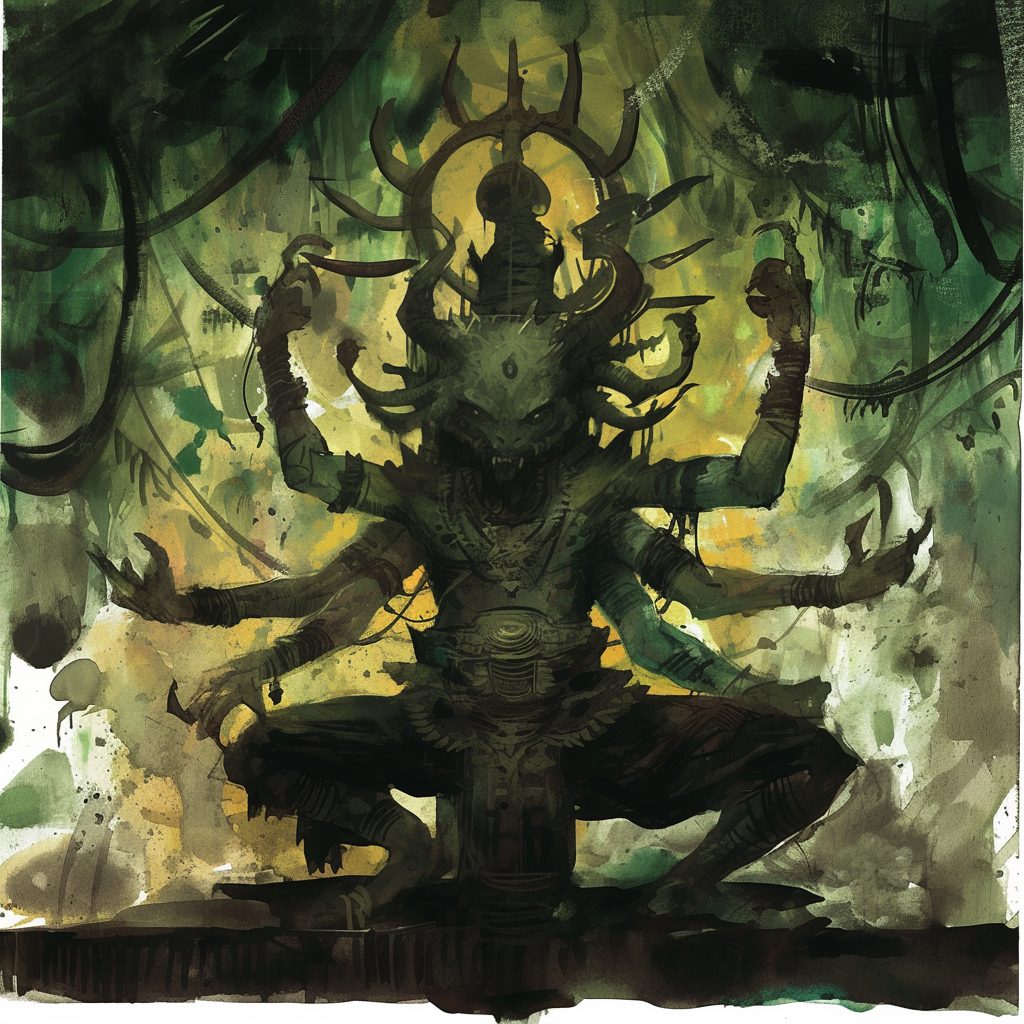
Much like any regime that controls information to maintain power, Sess’innek’s isolation has fragmented his followers. The swamp itself enforces this division: its treacherous terrain, poisoned waters, and toxic mists keep communities small and disconnected. Communication between tribes is rare, and mistrust festers in the absence of unity. The petitioners have grown inward-looking and paranoid, each tribe fearing betrayal from others while clinging desperately to Sess’innek’s favour.
Seclusion has consequences. The most damaging of these is surely cultural stagnation. The once-proud culture of the plane has withered under isolation. Without contact with other planes or peoples, their traditions have become rigid and oppressive. Rituals now apparently revolve entirely around sacrifice and subservience to Sess’innek, leaving little room for creativity or growth. The swamp’s oppressive atmosphere mirrors their spiritual decay—a realm where even hope feels like heresy.
Before the sealing, Kearackinin was a hub for trade in dark relics and abyssal artifacts coveted by outsiders. Now, with all portals closed, this trade has ceased entirely. Resources within the swamp are scarce, forcing lizardfolk to compete viciously for survival. Tribes raid one another for food and supplies, further deepening divisions among Sess’innek’s followers.
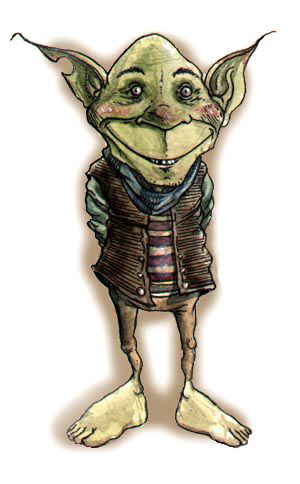
These factors have bred despair and fanaticism. Many khaasta petitioners are consumed by fear of failure and the constant need to prove their loyalty through bloodshed. Others retreat into madness, their minds broken by the swamp’s endless darkness and the weight of their god-king’s expectations. Without access to other planes or deities, these souls have no choice but to serve their god-king or be consumed by the swamp’s horrors.
The psychopomps who guide souls into the afterlife struggle with this reality; many now refuse to deliver lizardfolk petitioners to Kearackinin at all, seeing it as a fate worse than destruction. Those who do make the journey arrive fragmented and diminished by the passage through Shadow Rifts.
The influx of broken petitioners has reshaped Kearackinin. The swamp grows darker and more sinister with each new arrival, its waters thickened by the despair and anguish of these fragmented souls. The land is alive with sorrow. Sess’innek’s Lizard Kings have become harsher rulers, enforcing his will with iron claws to maintain order among this growing population of restless spirits. The few petitioners who retain some semblance of self often retreat deep into the swamp, seeking solace in its shadows but finding only isolation.
Remember this well cutters: Isolation may shield you from your enemies… but it also leaves you alone with your fears.
—Julius the Symmetrical
Canonical Reference: Planes of Chaos Abyss Poster [2e] (brief layer description); Book of Chaos p20,87 (brief mentions)
Source: Jon Winter-Holt
